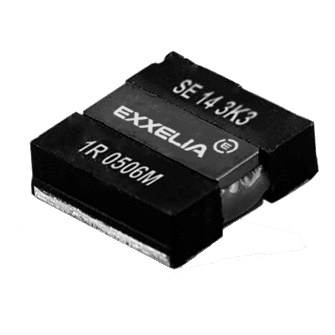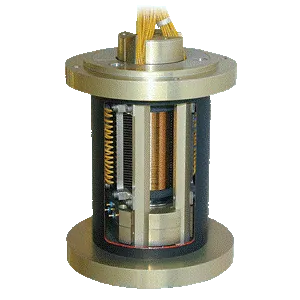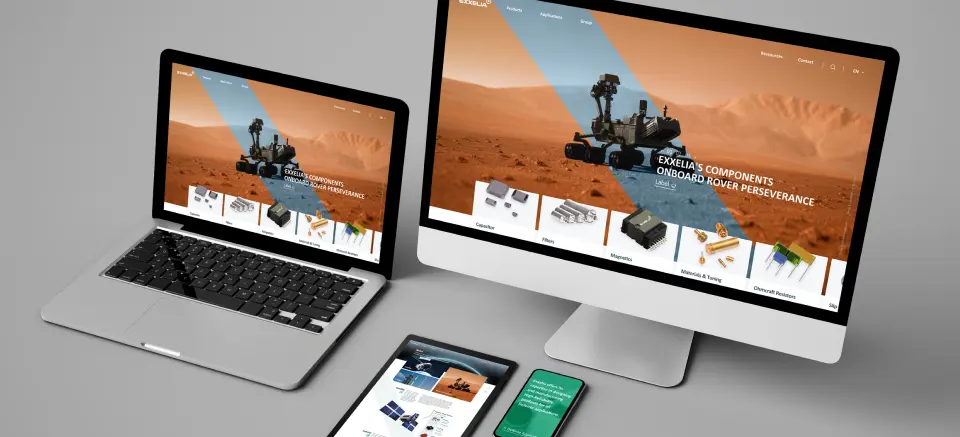

Spotlight on the TechBlick video featuring Exxelia Micropen
TechBlick released an insightful video titled “Functionalization of Medical Devices Using Additive Dispense Technology”, highlighting the potential of additive dispense printing in the medical field.
The video features the Exxelia Micropen technology and demonstrates how this unique additive process can deposit functional materials directly onto complex 3D medical substrates—enabling smarter, more compact, and more efficient medical devices.
From Passive Components to functional Medical Devices
Medical device manufacturers face an increasing demand for miniaturization, integration, and functionality. Traditional manufacturing methods—such as attaching discrete sensors or wiring—often add bulk and complexity. Additive dispense technology, as shown in the TechBlick video, offers a different approach: it enables the direct writing of conductive, dielectric, or sensing materials onto medical device surfaces with high precision.
Using Exxelia Micropen, engineers can deposit materials conformally on both flat and curved substrates, such as catheters, balloons, or endoscopic tools. This makes it possible to transform a passive mechanical device into an active, “smart” one—without compromising size, flexibility, or biocompatibility.
How additive dispense technology works
The Micropen process uses a computer-controlled microdispenser to draw continuous lines of functional ink onto a surface. Unlike inkjet or screen printing, the Micropen can handle a wide viscosity range (5 to 500,000 cP) and deposit ultra-fine features down to 50 microns or less.
Because it is fully additive, there is no material waste—only the exact pattern required is deposited, which is particularly valuable when working with precious or specialty inks (e.g. gold, platinum, or conductive polymers).
The flexibility of the system allows engineers to combine multiple materials—conductive, dielectric, or radiopaque—within a single process, integrating various functions directly onto the device.
 Medical applications highlighted
Medical applications highlighted
The TechBlick presentation offers several concrete examples of how additive dispense printing can enhance medical devices:
Smart catheters and balloons – integrating printed sensors for pressure or strain monitoring, and adding radiopaque markers directly on the device surface.
Ablation and electrosurgical tools – printing fine conductive paths for precise energy delivery, while minimizing precious metal usage.
Implantable or endoscopic devices – embedding printed circuits or sensors on complex geometries that are difficult to access with conventional methods.
By integrating these features directly onto medical components, designers can reduce assembly steps, simplify sterilization, and improve long-term reliability.
Advantages for medical device design and manufacturing
Design flexibility – the CAD-driven process allows fast iteration of patterns and prototypes.
Cost efficiency – minimal waste and reduced need for discrete components.
High precision – accurate, repeatable deposition even on challenging 3D surfaces.
Material versatility – compatible with a broad range of inks, substrates, and curing methods.
Production scalability – suitable for both rapid prototyping and small-to-medium production volumes.
Together, these benefits enable medical device manufacturers to accelerate innovation while maintaining strict performance and regulatory standards.
A step toward Smarter, more integrated Medical Devices
The TechBlick video clearly illustrates how additive dispense technology—as implemented by Exxelia Micropen—is reshaping the way functional features are added to medical devices.
By enabling direct patterning of conductive and sensing elements on complex geometries, this approach opens new possibilities for next-generation medical devices that are smaller, smarter, and more efficient.
50+
Years
Of combined Micropen processing & materials experience
ISO
13485
certification
30+
Inks & substrates
Used for 3D electronic precise printing
Custom
designs experts
from minor catalog product adjustment to 100% custom design based on your specifications










